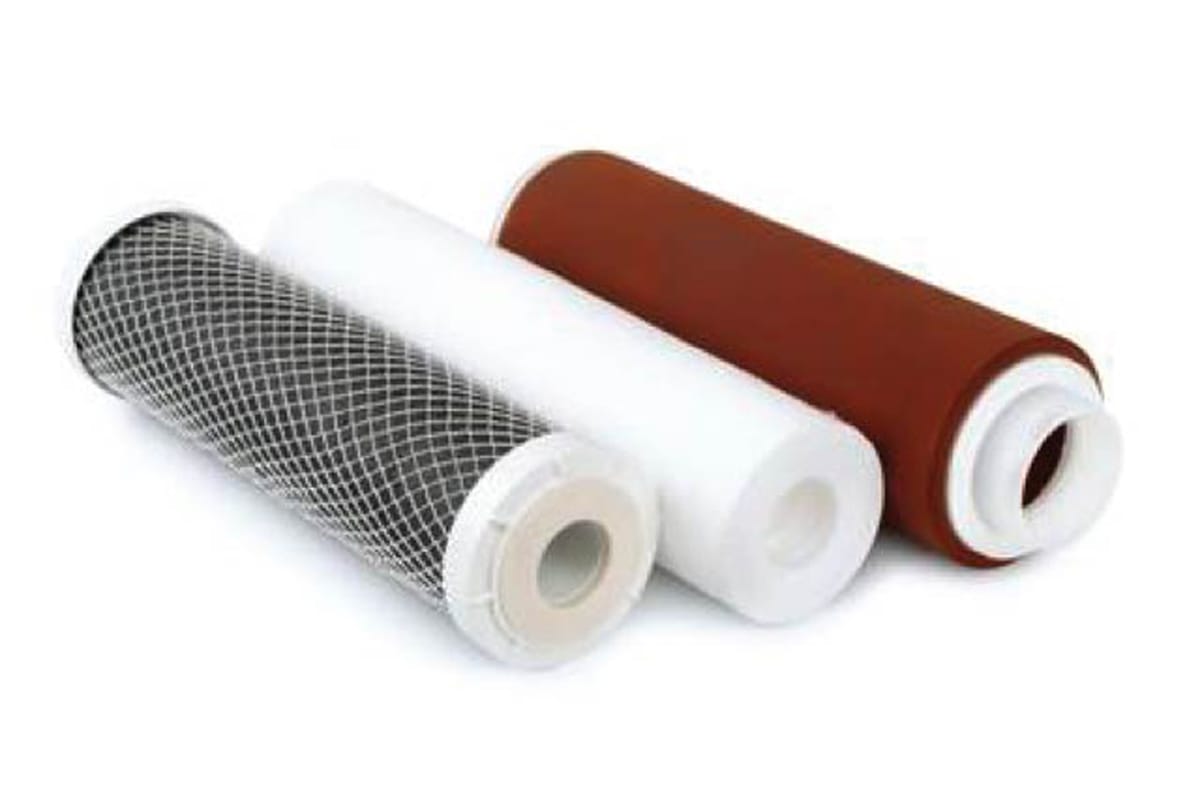Filters and Membranes and Ions – Oh my!

Have you always wondered how we actually clean your water or what happens to it before it gets to your home? Here’s an in-depth look at what actually goes on with your tap water behind the scenes and how we make it safer for you and your family to drink:
1. Sediment Filtration
At Primo, we believe that one round of water filtration is simply not good enough. Like Primo, all water filtration systems that claim to improve the quality of your tap water use some sort of sediment filters. But unlike Primo, some of our competitors stop right there. We go the extra mile.
We use sediment filters to pre-filter our water ahead of time—before it gets to our refill and exchange activated carbon filters and reverse osmosis (RO) systems—to get your water up to Primo standards. We like to think of it as taking extra care of what goes into your water, before we even bring out the big guns.
Here’s a breakdown:
- Before your tap water can pour out of your faucet, it starts in your city’s water treatment plant.
- On its way to your house, tap water passes through miles of underground piping made up of a variety of materials. Along the way, your water can pick up some unwanted ingredients, such as iron, scale, sediment and color.
- We use sediment filters up to 10 times finer than a strand of hair to filter your water down to the finest possible level, giving you the purest water possible.
2. Activated Carbon Filtration
Now that you know about our first line of defense, it’s time to take things up a notch. In addition to sediment filtration, we use activated carbon (AC) filtration to clean your water. Remember your city’s water treatment plant that cleans out your tap water before putting it through those underground pipes? Well, some chemicals like chlorine and chloramine that cities use to keep your water disinfected once it leaves the facility stays in your water. The AC filter is typically installed immediately after the sediment filter to remove these chemicals. Some forms of activated carbon will also reduce lead and other heavy metals.
3. Reverse Osmosis
Now, for the grand finale. Reverse Osmosis (RO) is a water filtration technique at the core of Primo’s refill and exchange processes. While our sediment filters will remove particles of 5 – 50 microns, the RO membrane will filter down to a staggering 0.0001 microns. So, after your water has had sediment and chlorine removed, it goes through a RO membrane rolled up in a tube under high pressure with the help of a booster pump. The pressure forces RO water through the tiny pores in the membrane, filtering your water at a molecular level and effectively removing 85% to 98% of most dissolved solids and contaminants. All of the lead, copper, hardness, sodium, fluoride, pesticides, bacteria and cysts that were removed from your water thanks to RO are piped to a drain that is connected to a drain, never to be seen (or consumed) again. Tap and pitcher filters don’t have RO membranes, so drinking Primo water is the safest way to go.
Ion Exchange
Some tap and pitcher filters contain ion exchange resin to remove heavy metals and other dissolved solids from your water. While that may sound safe, it’s not as effective of a filtration process as it sounds. Ion exchange resin has a limited capacity: after a certain amount of water passes through the filter, you’ve exhausted its use. It can be difficult to determine when you need to replace the filter, however, without sophisticated test equipment. That’s why Primo refill and exchange processes rely on RO membranes that you learned about above, as opposed to ion exchange resins, to reduce dissolved solids.
So, next time you head to your sink for some water, think twice before pouring yourself a glass. Now that you know where you water comes from, we hope that you’ll be as dedicated to consuming purer water as we are! Drink Big. Drink Healthy. Drink Primo.
